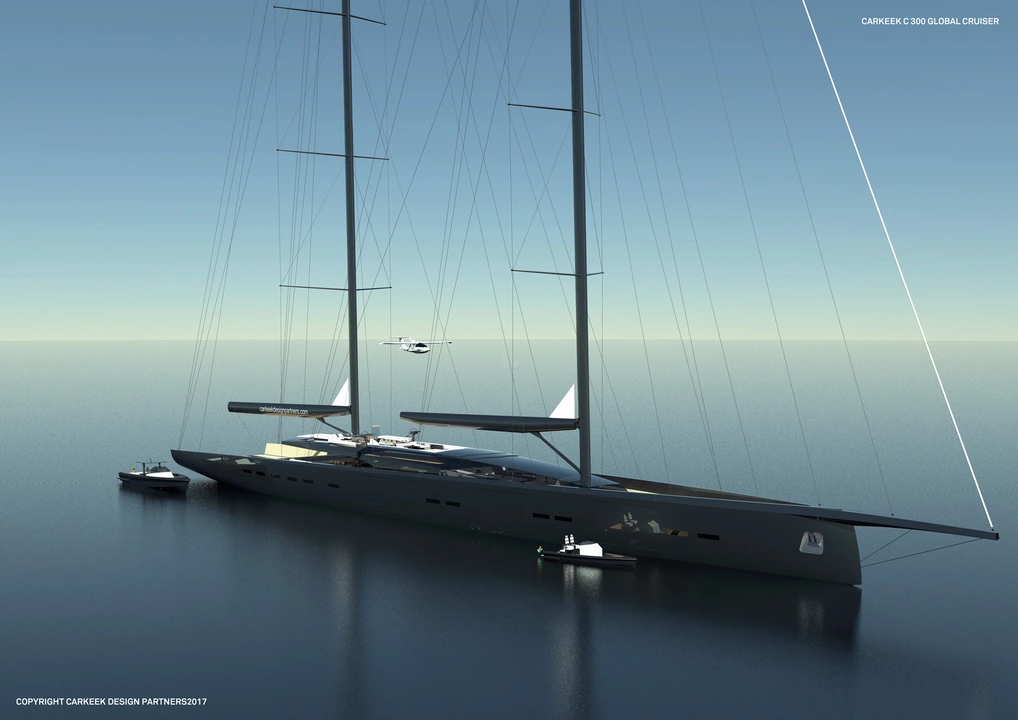Sailboat Capabilities: How Fast, How Far, and How Comfortable Can Your Boat Be?
Ever wonder what your sailboat is truly capable of? It’s not just about looking cool on the water – it’s about speed, handling, range and comfort. Let’s break down the main factors that decide how a sailboat performs, so you can pick the right boat for your next adventure.
Speed and Hull Design
Speed is the first thing most sailors think about. A boat’s hull shape dictates how quickly it can cut through water. Light, narrow hulls with a deep keel tend to slice faster, while broader hulls give more stability but slower topspeed. Modern planing hulls can hit 30‑35 knots in strong wind, whereas classic cruising hulls usually cruise around 5‑8 knots. Remember, the sail area matters too – more sail means more power, but only if the hull can handle it without “pounding” too much.
Handling and Sail Plan
Handling is where the sail plan and rigging come into play. A simple sloop (one mast, two sails) is easy to manage and works well for beginners. Bigger boats often use cutters or ketches, adding extra sails that let you balance the boat better in strong wind. Modern roller‑furling systems let you trim or drop sails with a single line, which is a game‑changer for short-handed crews. If you plan to sail solo or with a small crew, look for a boat with user‑friendly reefing and easy‑to‑trim sails.
Another handling tip: weight distribution. Keep heavy gear low and centered to reduce hobby‑hop and improve stability. Many cruisers add a removable ballast keel or water tanks that you can fill or empty depending on conditions.
Now, what about range? A sailboat’s range isn’t just about fuel – it’s about how long you can stay under sail. A well‑designed boat with a good sail plan can travel 150‑200 nautical miles on a single tank of fuel if you use the engine sparingly. For pure sailing, the range is practically unlimited as long as you have wind and provisions.
Comfort is often overlooked, but it matters for longer trips. Look for cabins with adequate headroom, ventilation, and storage. A boat that rolls gently in a chop will let you rest better than one that slams into waves. Features like a self‑draining cockpit, a sealed companionway, and a reliable navigation system add to the overall ease of life on board.
Finally, match the boat to your sailing style. If you love racing, prioritize lightweight construction, a high‑aspect sail plan and a deep fin keel. If you’re into weekend cruising, choose a more stable hull, simple rigging, and a comfortable interior. The right mix of speed, handling, range and comfort will make every outing more enjoyable.
Got a specific boat in mind? Compare its specs against these criteria, take it for a test sail, and see how it feels. The best way to know a boat’s capabilities is to experience them first‑hand.
How long can a sailing yacht go under sail?
As a sailing enthusiast, I've often wondered how long a sailing yacht can go under sail. After some research, I've found that the answer varies depending on factors such as the yacht's design, weather conditions, and the skill of the crew. Generally, a well-equipped yacht can sail for extended periods, even months at a time, as long as there is adequate wind and supplies. However, it's essential to keep in mind that factors such as fatigue, sail wear, and equipment maintenance can impact the overall journey. Ultimately, the length of time a sailing yacht can go under sail is a testament to the vessel's capabilities, the crew's skill, and the forces of nature.
View more